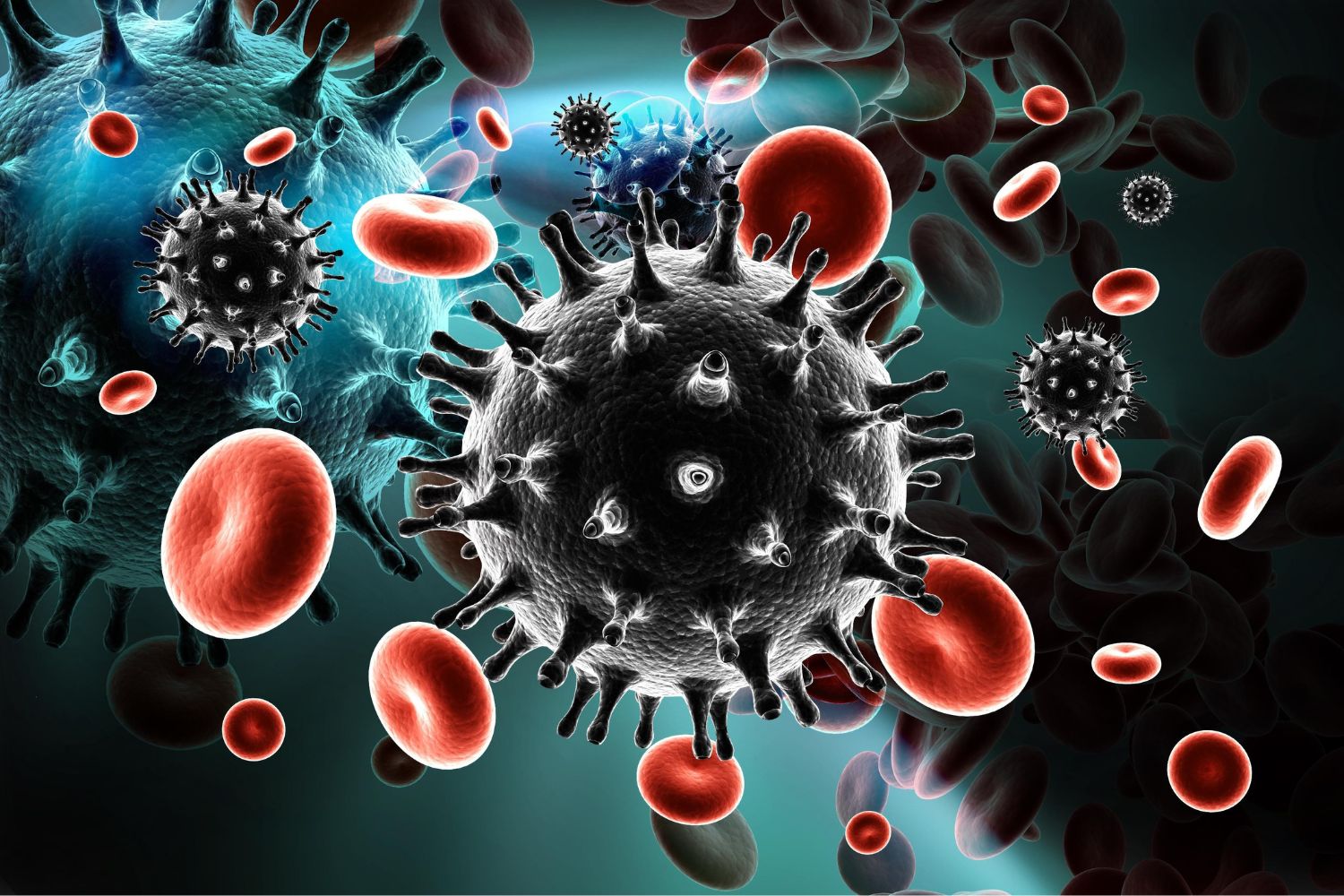
HIV stands for Human Immunodeficiency Virus. This virus attacks the body's immune system, specifically the CD4 cells (T cells), which help the immune system fight off infections. HIV can lead to AIDS (Acquired Immunodeficiency Syndrome) if not treated. Unlike some other viruses, the human body can't get rid of HIV completely, so once someone has HIV, they have it for life. However, with proper medical care, HIV can be controlled. People with HIV who get effective HIV treatment can live long, healthy lives and protect their partners. HIV is spread through contact with certain body fluids such as blood, semen, vaginal fluids, rectal fluids, and breast milk. Understanding HIV is crucial for prevention and treatment.
Key Takeaways:
- HIV is a virus that attacks the immune system, but with proper treatment, people can live long, healthy lives. Understanding how it's transmitted and prevented is crucial for stopping its spread.
- Getting tested for HIV is the only way to know for sure if you have the virus. With advances in medical science, living with HIV has become more manageable, and support is available for those affected.
Understanding HIV
Human Immunodeficiency Virus (HIV) is a virus that attacks the body's immune system. If left untreated, it can lead to Acquired Immunodeficiency Syndrome (AIDS). Here are some important facts about HIV that everyone should know.
- HIV targets the immune system by attacking CD4 cells, which are crucial for fighting infections.
- AIDS is the final stage of HIV infection, where the immune system is severely damaged.
- HIV is not the same as AIDS. While HIV is a virus, AIDS is a condition that results from the advanced stages of HIV infection.
- HIV can be managed with antiretroviral therapy (ART), which helps people live longer, healthier lives.
- HIV is transmitted through contact with certain body fluids like blood, semen, vaginal fluids, rectal fluids, and breast milk.
Transmission and Prevention
Understanding how HIV is transmitted and how to prevent it is crucial for reducing the spread of the virus.
- HIV cannot be transmitted through casual contact like hugging, shaking hands, or sharing food.
- Using condoms during sex significantly reduces the risk of HIV transmission.
- Pre-exposure prophylaxis (PrEP) is a medication that can prevent HIV infection in people at high risk.
- Needle exchange programs help reduce HIV transmission among people who inject drugs.
- Mother-to-child transmission can occur during pregnancy, childbirth, or breastfeeding, but it can be prevented with proper medical care.
Symptoms and Diagnosis
Recognizing the symptoms of HIV and getting tested are key steps in managing the virus.
- Early symptoms of HIV can include fever, sore throat, and fatigue, which are often mistaken for the flu.
- HIV testing is the only way to know for sure if you have the virus. It can be done through blood tests or oral swabs.
- Regular testing is recommended for people at higher risk of HIV, such as those with multiple sexual partners or those who inject drugs.
- HIV can be asymptomatic for years, meaning a person can have the virus without showing any symptoms.
- Late-stage HIV symptoms include rapid weight loss, recurring fever, and prolonged swelling of the lymph glands.
Treatment and Living with HIV
With advances in medical science, living with HIV has become more manageable.
- Antiretroviral therapy (ART) involves taking a combination of HIV medicines every day.
- ART helps reduce the viral load in the body to undetectable levels, making it less likely to transmit the virus.
- People with HIV who maintain an undetectable viral load cannot transmit the virus to their sexual partners.
- Regular medical check-ups are essential for monitoring the effectiveness of ART and managing any side effects.
- Mental health support is important for people living with HIV, as they may face stigma and emotional challenges.
Global Impact and Awareness
HIV affects millions of people worldwide, and raising awareness is crucial for prevention and treatment.
- Approximately 38 million people worldwide are living with HIV.
- Sub-Saharan Africa has the highest number of people living with HIV, accounting for about 67% of the global total.
- World AIDS Day is observed on December 1st each year to raise awareness and show support for people living with HIV.
- Stigma and discrimination remain significant barriers to HIV prevention and treatment.
- Education and awareness programs are essential for reducing the spread of HIV and supporting those affected by the virus.
The Final Word on HIV Facts
HIV remains a significant global health issue. Knowing the facts can help reduce stigma and promote better understanding. HIV is not the same as AIDS; with proper treatment, people with HIV can live long, healthy lives. Transmission occurs through specific body fluids, not casual contact. Prevention methods like condoms and PrEP are effective. Testing is crucial for early detection and treatment. Antiretroviral therapy (ART) helps manage the virus and reduces transmission risk. Education and awareness are key in combating myths and misinformation. Remember, anyone can be affected by HIV, so empathy and support are vital. Stay informed, get tested, and spread the word to help create a world free of HIV stigma.
Frequently Asked Questions
Was this page helpful?
Our commitment to delivering trustworthy and engaging content is at the heart of what we do. Each fact on our site is contributed by real users like you, bringing a wealth of diverse insights and information. To ensure the highest standards of accuracy and reliability, our dedicated editors meticulously review each submission. This process guarantees that the facts we share are not only fascinating but also credible. Trust in our commitment to quality and authenticity as you explore and learn with us.
